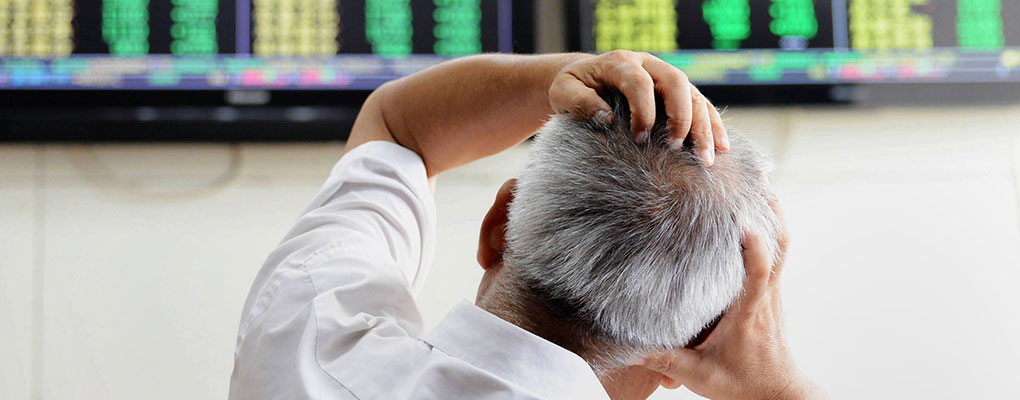
From south east Asian currencies, to tumbling commodity prices, to the Chinese stock exchange – to describe markets around the world as unstable would be an understatement. As a result, the Chicago Board Options Exchange Volatility Index – known as the VIX – has reached its highest point since 2011.
From Malaysia to Russia, emerging market currencies have been hitting record lows against the dollar
Often referred to as the “investor fear gauge,” the VIX shows the market’s expectations of volatility for the next 30 day period. Quoted in percentage points, anything over 30 is expected as showing a high degree of expected volatility; the surge of the VIX in the last few days to over 40 reflects a deep fear within US equities markets. Such fears stem from pessimism over the conditions of the world economy.
China, the source of much of the world’s economic growth, has seen a slowdown – with its largest recorded fall in manufacturing growth since 2009 recorded last week. Further, after an unprecedented tumble in its stock markets through June and July, forcing government action, the week of August 24 saw further declines. China’s recent unprecedented RMB devaluation has further allayed fears that the world’s second largest economy is in trouble.
Falling commodity prices have also hit emerging markets, of which they are usually exporters, hard. Stemming from both an actual slowdown in the Chinese economy and fears of further deterioration, commodity prices have fallen. As the FT notes, “a broad index of commodity prices slid to the lowest point of this century.” Further, oil-dependent nations have suffered due to an Opec induced glut in the market forcing prices to a six-year low. From Malaysia to Russia, emerging market currencies have been hitting record lows against the dollar.


